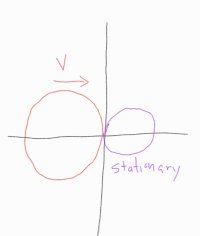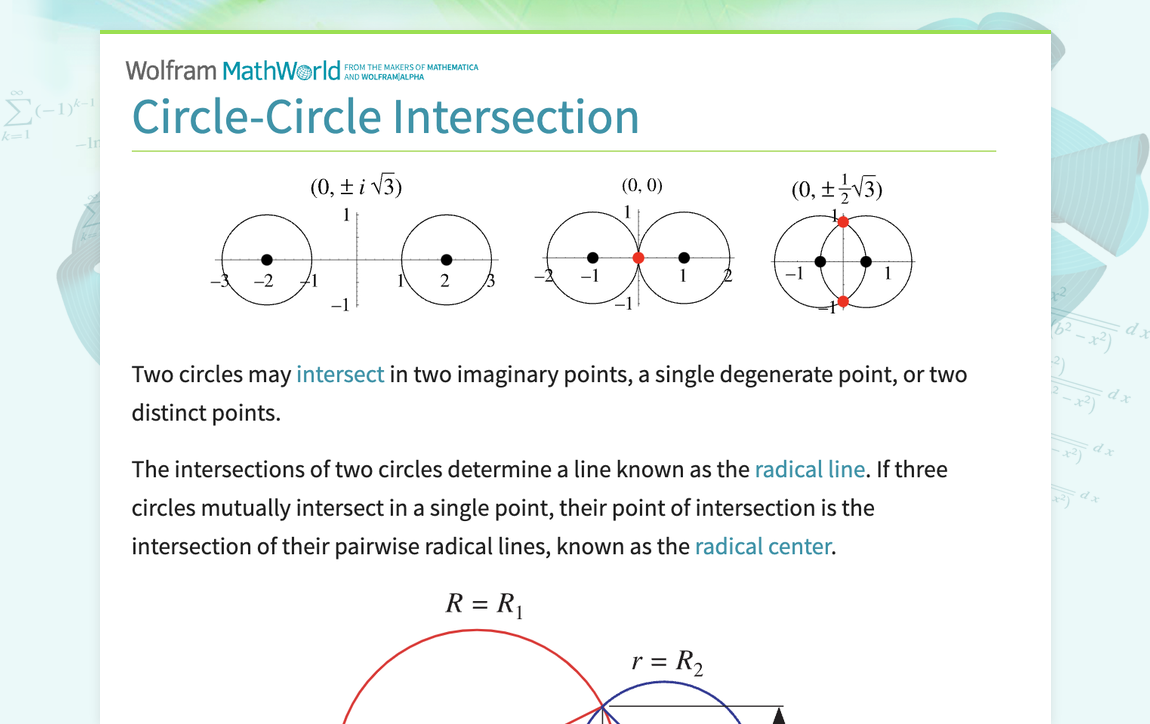Hello,
I am in need of help with the following situation. I appreciate any insight. Imagine a circular laser beam of light of diameter d1 moving at velocity v passing over a circular opening of diameter d2 so the full diameter of d1 passes over the full diameter of d2. The intensity of the laser light moving at v is in W/m2. My goal is to determine how much energy is transferred through the circular opening of diameter d2 as the light of diameter d1 passes over the opening at a velocity of v. I realize this is mainly a physics situation and i´m not worried about the physics portion(intensity, watts, joules etc.) I´m stuck with one circle passing over another circle(assuming they pass along their diameters) at a certain speed to calculate the "amount of area" they overlapped in the time they crossed, to then use that area to do the simple physics calculations.
I hope I have explained the situation clearly. Any help with this would be greatly appreciated.
I am in need of help with the following situation. I appreciate any insight. Imagine a circular laser beam of light of diameter d1 moving at velocity v passing over a circular opening of diameter d2 so the full diameter of d1 passes over the full diameter of d2. The intensity of the laser light moving at v is in W/m2. My goal is to determine how much energy is transferred through the circular opening of diameter d2 as the light of diameter d1 passes over the opening at a velocity of v. I realize this is mainly a physics situation and i´m not worried about the physics portion(intensity, watts, joules etc.) I´m stuck with one circle passing over another circle(assuming they pass along their diameters) at a certain speed to calculate the "amount of area" they overlapped in the time they crossed, to then use that area to do the simple physics calculations.
I hope I have explained the situation clearly. Any help with this would be greatly appreciated.



